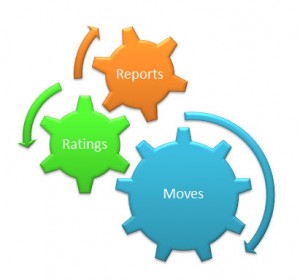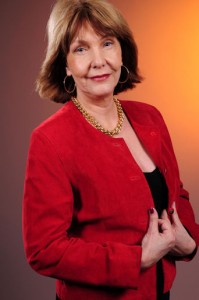 Many fundraisers know they need research on donors and prospects, but what is the best way to get it? Should you buy a software subscription? Are there any other options? Let’s answer those questions with a story.
Many fundraisers know they need research on donors and prospects, but what is the best way to get it? Should you buy a software subscription? Are there any other options? Let’s answer those questions with a story.
A Software Tale
November has most of us thinking about Thanksgiving and other holidays around the corner. But many accountants are thinking about closing out the books and the approaching tax season. Imagine for a minute that you overhear two guests talking at one of the numerous holiday parties you find yourself attending. Bob Business Owner tells Ann Accountant all about how complicated his finances are for the past year now that his small business is growing and expresses some concern about how it will impact his taxes.
“What are you going to do to make sure your tax filings best reflect those changes?” Ann Accountant asks.
“Oh, I splurged and purchased the latest version of TurboTax this year,” says Bob.
Ann looks genuinely confused. “How does that help you make decisions?”
Important Outcomes
TurboTax is great software, but when your finances are complex a software package is not going to help you make key decisions about your tax filings. When the outcomes are truly important, software doesn’t usually make the grade. Software can’t think, strategize or get creative about its approach.
There are many wonderful software options that meet prospect research needs. I have my own favorite subscriptions and purchases. Software speeds up the time it takes me to research individuals by grouping important resources together. Software makes data analysis possible, and fast.
But software does not recognize that what seems like a random company incorporated by your prospect is likely to be a family limited partnership with at least $10 million in invested assets. Software does not recognize that you were not able to mail your usual spring appeal two years ago and that is why giving frequency went down.
What About You – The Fundraiser?
So how do you know when to buy software? Or when you need a person who has expertise? Or some combination? Whenever you have a fundraising goal or objective, ask any potential vendor or consultant whether their solution will get you where you want to go. The answers may surprise you. But let’s illustrate it with another story.
An organization wants to launch its first campaign. They have campaign counsel to coach them through, but they need to prioritize their database and get detailed information on their best prospects. This campaign is very important to the future of their organization and they have a tight budget. The CEO is a visionary and she knows that spending a little more in the right places can have transformative results. She hires a prospect research consultant who makes sure they get as much out of their database screening as possible.
The consultant works closely with the fundraising team, including campaign counsel, to segment their best prospects and code them in the database to work in tandem with their relationship management system. Through this process the team recognizes that they need to restructure their approach based on the giving potential found. Instead of struggling near the end of the campaign, the team knows exactly when to change gears and re-focus their energy on a different prospect segment. It works!
At this point you might be saying to yourself:
“That’s all well and good, Jen, but how do I pick a good prospect research consultant? I’ve heard of organizations who have suffered with bad advice and bad information. I don’t want to be one of them!”
Choosing a prospect research consultant – any consultant really – can be confusing and risky. Take the time to communicate clearly what you want to accomplish. Is the consultant listening? Or doing all of the talking? Did you check references? Look for posts in the future on how to choose and manage a consultant.
Other Articles You Might Like
5 Ways You know You Need a Research Consultant
Mistakes That Nonprofit Organizations Make Hiring Consultants – Karen Eber Davis
3 Consultant Relationship Types that Succeed. Which One for You?
The Shocking Truth About Prospect Research Consultants
About Aspire Research Group LLC
Headquartered in Tampa Bay, Florida, Aspire Research Group was founded so that every development office could have the benefits of professional prospect research. Known for our creativity and clear communications, we work with organizations who are worried about finding their next big donor, concerned about what size gift to ask for, and frustrated that they aren’t meeting their major gift goals. Do you need to close more major gifts?
www.AspireResearchGroup.com 727 231 0516








